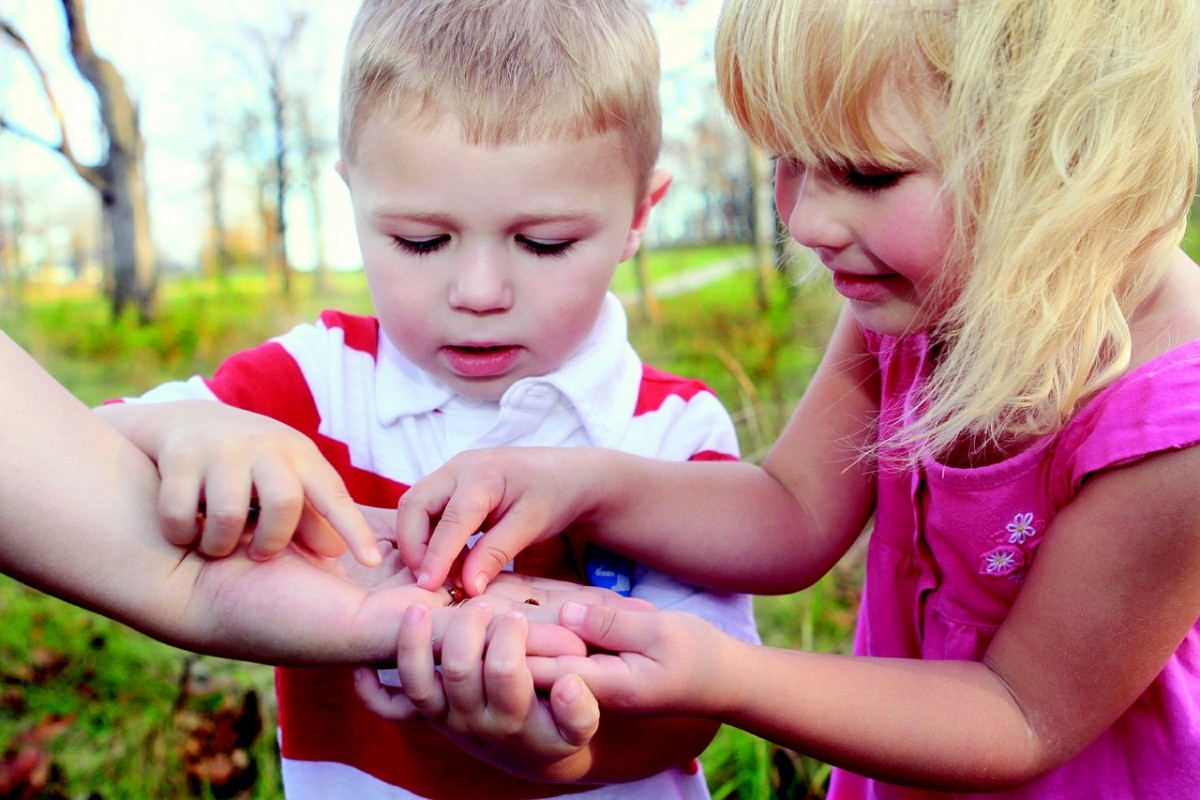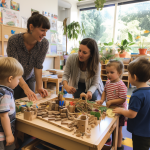Easy ways to promote Active Learning – Characteristics of effective learning
An explanation of what the characteristics of effective learning are was previously explored in series of articles; if you are still a little unsure this article can be found here. Also explored in three parts is how to promote and support all three sections to the playing and engaging section of the characteristics of effective learning. Now it is time to explore how early years practitioners can support children with the active learning section of the characteristics of effective learning in particular being involved and concentrating. The active learning section is all about what motivates a child a to learn, play and explore. Although many of the elements in this section are fulfilled by the children through every day play and learning experiences, there a few activities that can be done to really promote this area if a child is particularly struggling or if you feel your setting needs to do more to promote the characteristics of effective learning.
Top activities for supporting ‘being involved and concentrating’
To help promote this characteristic of effective learning, practitioners must make ensure activities and experiences are based on the children’s interests and give them enough time and space to fully submerse themselves and concentrate on the activity at hand.
· Sensory bags – Slightly different to sensory bottles these allow children to feel what is inside. This engages them on a different level as it allows them to also explore through touch. These are great for encouraging little ones to notice smaller details and are exciting and engaging enough to allow them to maintain focus on the activity.
· Stories – During one to one and group sessions, keep the story emotive and bouncy to keep children interested for as long as possible and to hold their concentration. Read our top tips on story telling here. Choose books that are based on children’s interests and even create story sacks to allow them to show high levels of interest and fascination. Encourage the children to look at the pictures and notice smaller details as you read the book.
· Bug or season scavenger hunts – Make activities with the children such as lists of bugs to find in the garden, this will hold the children’s interest and fascination for longer. Go outside and let the children hunt for all the things on their list, you may decide to go for a walk, use your own outdoor space or try and access a local field, woods or forest area. Take magnifying glasses or binoculars to encourage the children to notice details in the environment.
· Multiplayer games – These encourage children to be involved, maintain their focus, show high levels of energy as they take turns and participate in the game until the end. Depending on the game that is chosen there may also be small details that the children notice throughout the game.
· Choice boards – Allow children to choose the activities they would like out at the beginning of the session. This will allow the children to choose activities that interests them and that they would like to be involved in. IF you use a choice board all children will be able to express themselves even if they don’t have the language skills to verbally communicate. Encourage the children to concentrate on the activities they have chosen instead of getting everything out straight away.
For more ideas and inspiration check out our Pinterest board here.





Leave a Reply